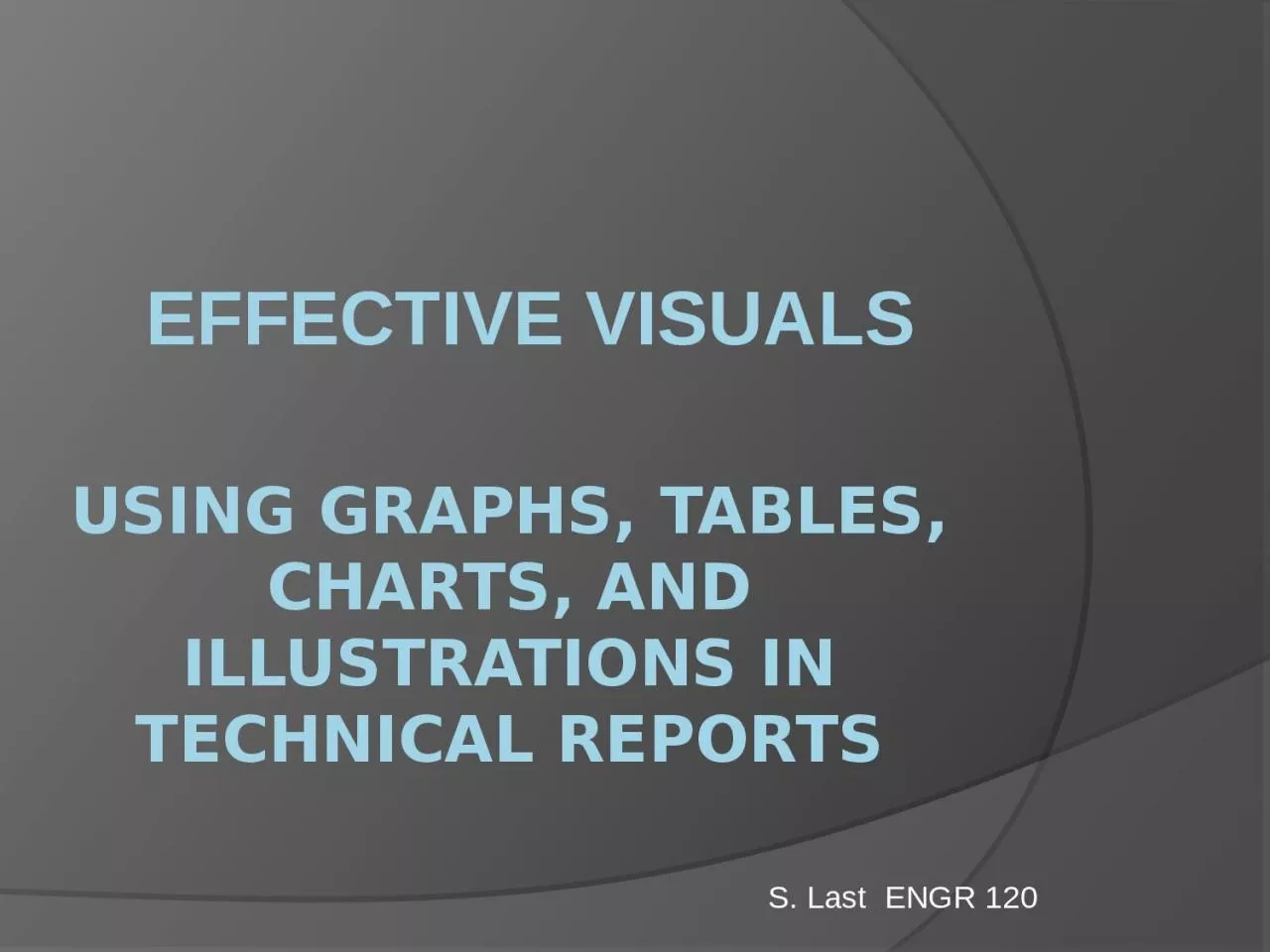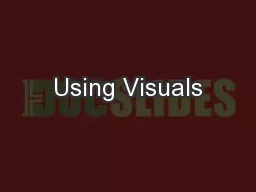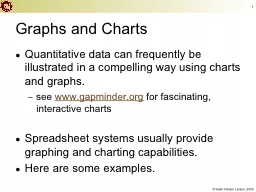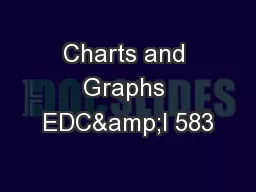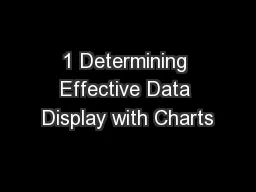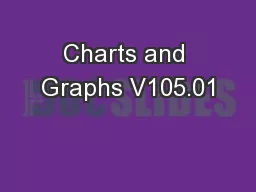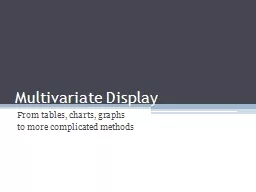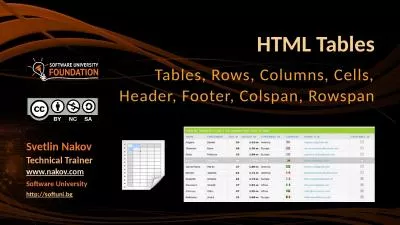PPT-Effective Visuals Using Graphs, Tables, Charts, and illustrations in Technical Reports
Author : smith | Published Date : 2023-06-26
S Last ENGR 120 VISUALS Capture and hold people s attention Help illustrate textual information Simplify complicated textual descriptions Help the reader understand
Presentation Embed Code
Download Presentation
Download Presentation The PPT/PDF document "Effective Visuals Using Graphs, Tables..." is the property of its rightful owner. Permission is granted to download and print the materials on this website for personal, non-commercial use only, and to display it on your personal computer provided you do not modify the materials and that you retain all copyright notices contained in the materials. By downloading content from our website, you accept the terms of this agreement.
Effective Visuals Using Graphs, Tables, Charts, and illustrations in Technical Reports: Transcript
Download Rules Of Document
"Effective Visuals Using Graphs, Tables, Charts, and illustrations in Technical Reports"The content belongs to its owner. You may download and print it for personal use, without modification, and keep all copyright notices. By downloading, you agree to these terms.
Related Documents

